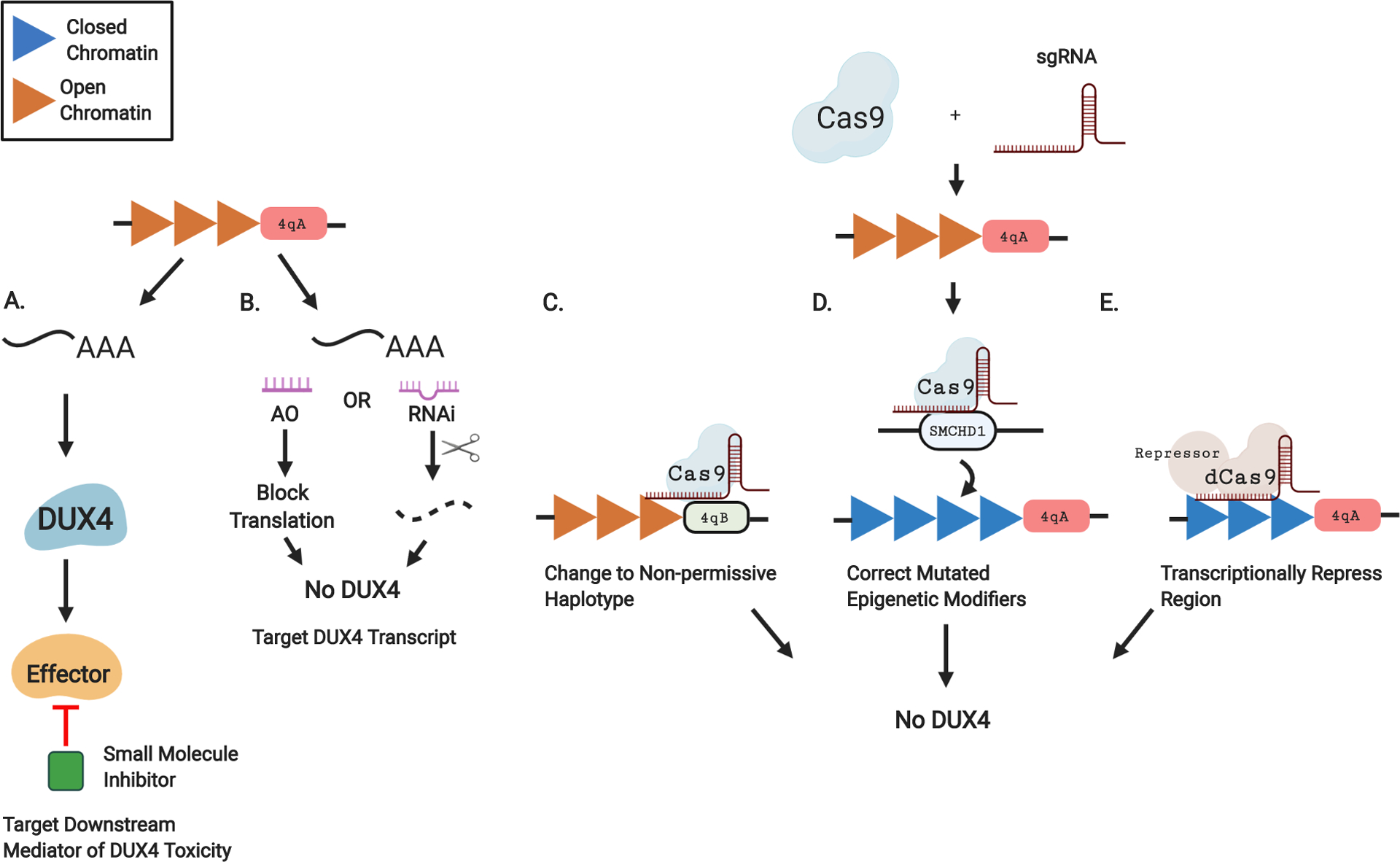Figure 2. Emerging DUX4-Targeting Therapies in FSHD.

A. In lieu of directly targeting DUX4, the downstream effectors of DUX4 toxicity can be reduced using small molecule inhibitors. B. The DUX4 transcript can be targeted using RNA-based approaches. Antisense oligonucleotides (AO) can bind to a complimentary area of the transcript and block translation. Alternatively, RNA interference (RNAi) can direct the cleavage and degradation of the transcript. C-E. CRISPR-based approaches. CRISPR-Cas9 editing requires 2 components, a Cas9 endonuclease which cleaves DNA and a single guide RNA (sgRNA) to specify the target. C. The permissive 4qA haplotype at the end of the D4Z4 repeats can be changed to the non-permissive 4qB, eliminating the polyA sequence needed for stabilization of the DUX4 transcript. D. Mutations in epigenetic modifiers causative for FSHD2 such as SMCHD1 can be corrected to their functioning form. E. A catalytically inactive Cas9 that does not have endonuclease activity (dCas9) can be fused to a transcriptional repressor, condensing the region into a closed state which prevents DUX4 expression.
